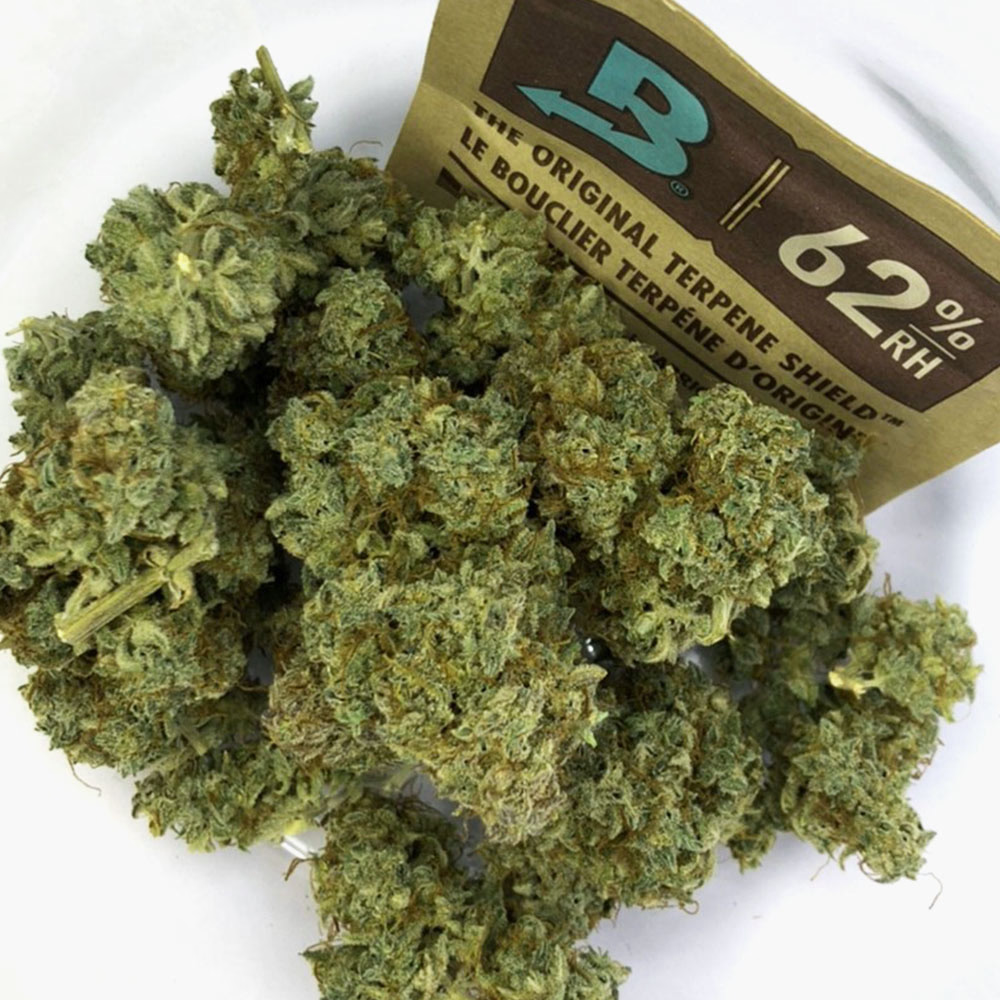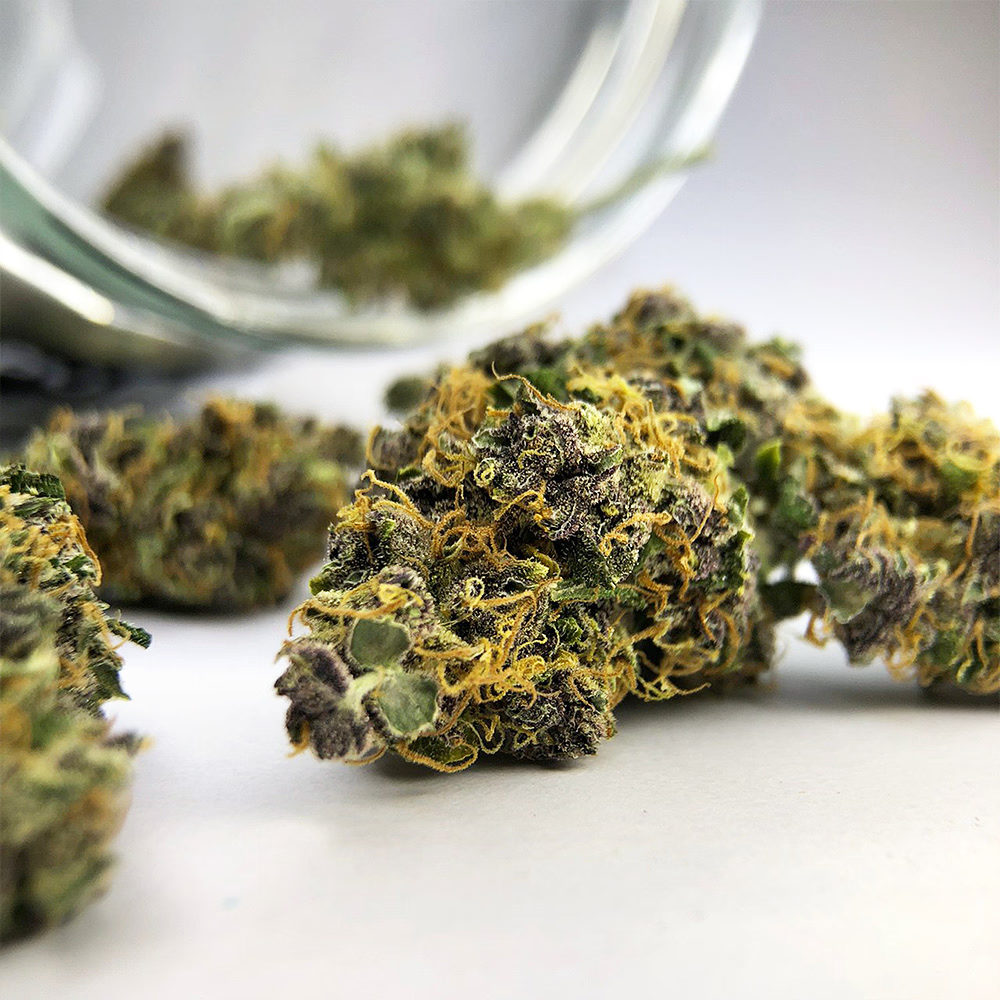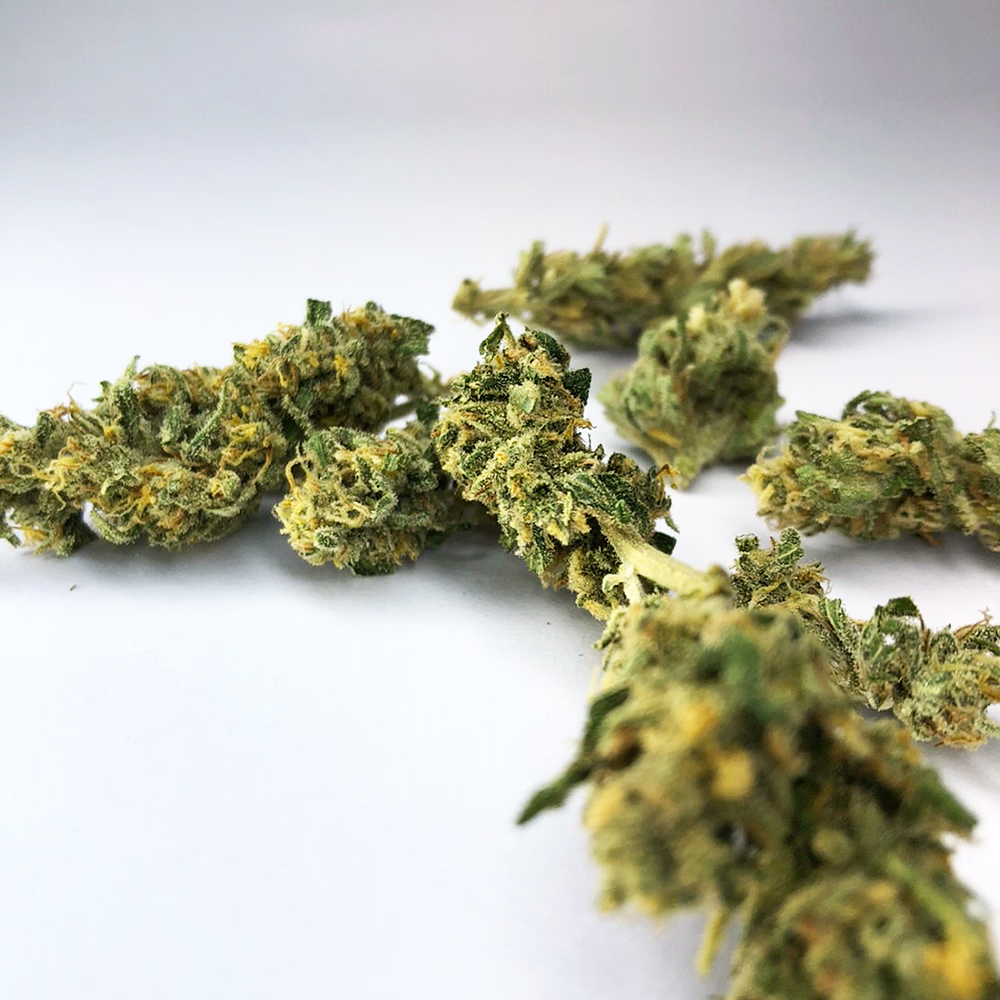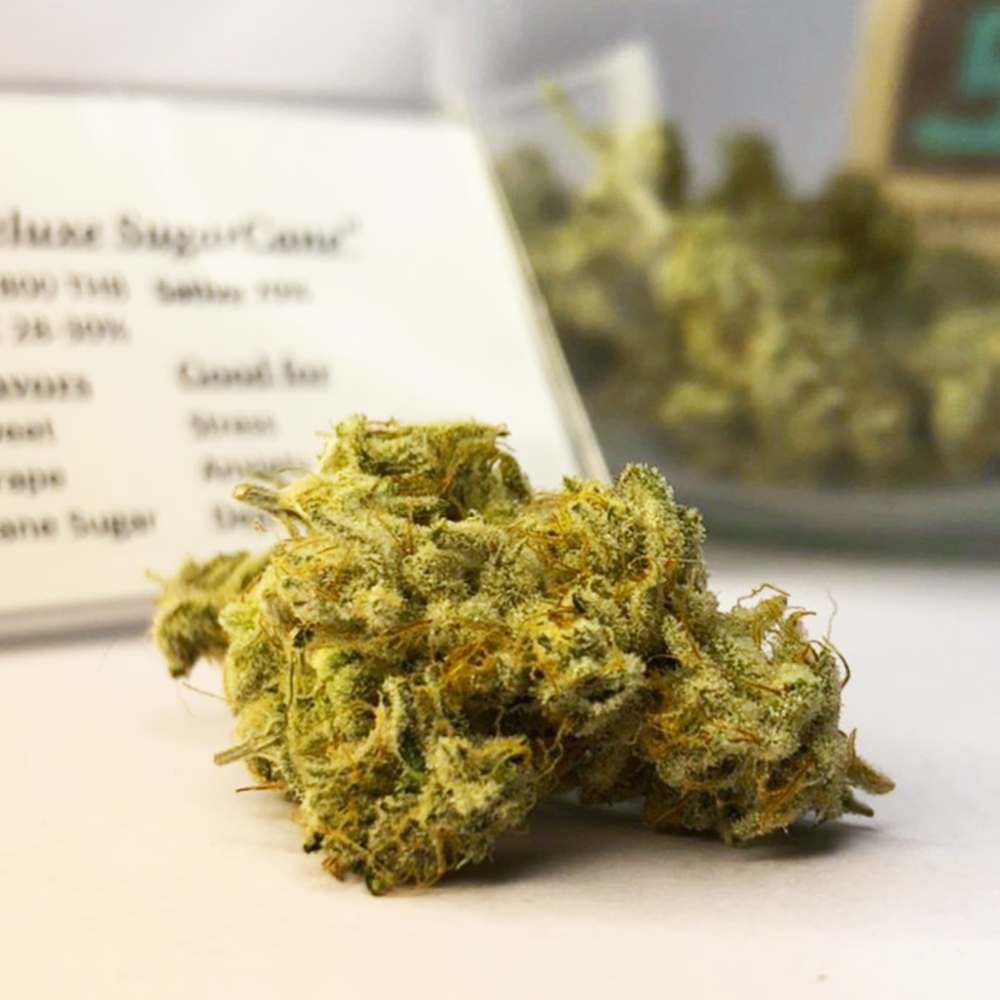How to Find the Right Dosage for Medical Marijuana Use
How to Choose the Correct Dose of Medical Cannabis
As medical marijuana use becomes more widespread, it's critical to comprehend how to determine the proper dosage. Many patients seek diseases that can be treated with medicinal cannabis, such as chronic pain, anxiety, and depression.
A HelloMD poll from 2017 revealed that 70% of participants said they had used cannabis to address a medical problem. Finding the ideal medicinal marijuana dosage, however, is not always straightforward. What you need to know about choosing your dose is provided here.
It's crucial to remember that no two people will experience medical marijuana precisely the same way. You must take your time to experiment and figure out what works best for you because everyone responds to various doses differently.
Before you find the ideal dosage that offers comfort without producing any undesirable side effects, it could take some trial and error.
The second step is figuring out which cannabis product—strain or strain—is best for you. The chemical that causes a "high" THC is present in varied levels in various strains, along with other substances like CBD (which has calming properties). Suppose you are uncertain which variety of cannabis might be most advantageous for your ailment.
In that case, you might wish to consult your physician or a staff member at a nearby dispensary (s). Once you've chosen a cannabis strain, start slowly so you can become used to its effects and make adjustments as necessary.
Instead of concentrating on getting high or trying something new when choosing a dosage size, consider the amount required for symptom alleviation; doing so will help to guarantee that dosages remain safe and effective while preventing overmedication.
A decent general rule of thumb is to start low—around 5 mg—and gradually increase as needed until symptoms improve without getting worse due to high dosages. Remember that because everyone's body chemistry is unique, progress should be carefully evaluated before further dosages decrease or increase based on reaction.
When choosing an appropriate dosage level, users should also consider the ratios of THC to CBD. In general, higher CBD ratios offer more therapeutic benefits. In comparison, lower ratios offer more psychoactive effects, so users should consider their desired outcome before adjusting either direction.
Since edibles take longer to take effect than inhaled versions (vaporizers/smokables), it's necessary to control both dosage levels and frequency. Otherwise, users may feel tempted to use higher doses more frequently to see results quicker.
However, doing so could put them in danger; therefore, users should become familiar with each approach's onset and peak duration timings before engaging in any consumption activities.
They will be better able to assess their tolerance limits and recognize any potential risks related to particular items or procedures before using them fully aware.
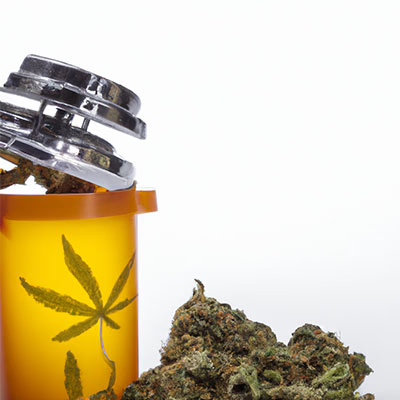
Considering the Right Dosage for Individual
Learn For medicinal cannabis to have the intended therapeutic effects, the correct dosage is crucial. The sort of ailment you're attempting to treat, your body chemistry, and even your lifestyle choices all play a role in figuring out the best dosage for your unique needs.
Sadly, determining how much of a product to take can be a challenging and perplexing procedure. To get the most out of your medical cannabis treatment, we'll look at how to determine the optimal dose for you in this article.
You know what active chemicals are contained in each product is the first step in calculating an acceptable dose. There are numerous cannabinoids found in cannabis, including THC and CBD, which have pretty diverse physiological effects.
One cannabinoid may better treat your disease than another, depending on the symptoms you attempt to reduce or control. Before selecting a product and dosage, it is crucial to research which cannabinoids are most effective for treating your symptoms.
Once you know the active chemicals in a specific product, it is time to consider how much of each ingredient will be most effective for you. Everybody has different body chemistry and metabolism, which may impact how rapidly they can metabolize things like cannabis chemicals.
This implies that different dosages may be required for two people with the same disease to get the desired results from their treatment plan. Start with modest dosages and gradually increase them until you find the amount that works best for you based on how you feel physically and psychologically after drinking it. This will ensure you're getting enough (but not too much).
When using medicinal cannabis products like edibles or tinctures, which require eating cannabinoids directly rather than inhaling them through smoking or vaping devices, lifestyle factors can also affect the optimal dose and individual metabolic variances.
For instance, if a person regularly consumes alcohol or takes other medications in addition to their cannabis regimen, they may want to consider reducing their dosage because these substances can significantly slow down the absorption rate of cannabis. After all, they interact with the cytochrome P450 enzymes in our bodies.
Therefore, if a person takes many medications at once, they should visit a doctor before beginning any new treatments to avoid potential drug interactions and appropriately adjust doses.
The Various Cannabis Types and Potencies
Cannabis plants contain cannabinoids that interact with the endocannabinoid system in our bodies. This system controls various functions, including sleep, hunger, mood, and inflammatory levels. THC (tetrahydrocannabinol) and CBD are the two most well-known cannabinoids in cannabis (cannabidiol).
The cannabinoid THC is the one that causes psychoactive effects, but CBD does not lead to a high or euphoria.
It's crucial to look at the THC and CBD concentrations of various cannabis strains because this will affect their overall potential. Sativa strains often have higher THC concentrations, while indica strains typically have higher CBD concentrations.
Hybrid strains combine characteristics from both sativa and indica plants, and depending on the percentage of cannabinoids present, they can produce various effects.
Explore more closely some typical cannabis.
Low Potency: Strains with low THC content often deliver modest benefits, such as relaxation or enhanced concentration, without making users feel excessively groggy or stoned; they are ideal for those new to marijuana use or who want a pleasurable but discrete experience.
Medium Potency: For recreational users who want something more potent than low potency but not too overwhelming, strains with medium amounts of THC typically balance being mentally engaged and feeling physically relaxed.
High Potency: Strains with high THC concentrations frequently produce intense psychoactive experiences, including potent visual hallucinations; ideal for experienced users who enjoy intense highs, but should be avoided by newer users due to potential risks of overconsumption, such as paranoia or anxiety attacks if taken in large doses without proper guidance from an expert on safe consumption practices in advance.
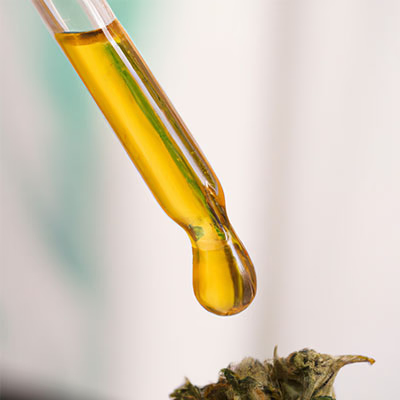
Treatment Alternatives with a Medical Expert
A crucial step in the medical cannabis journey is discussing treatment options with a medical professional. They must be adequately informed of the treatments these treatments' potential hazards and advantages as more individuals turn to alternative forms of care.
An individual's health can be better understood with a dependable medical practitioner, who can help them create a personalized treatment plan that will work best for them.
It is crucial to consult with your doctor or another healthcare provider before contemplating medicinal cannabis as an alternate type of treatment. They will be able to advise you of the many cannabis products that might suit your particular requirements and any possible adverse effects you might encounter while utilizing them.
They will most crucially direct you toward determining the dosage and administration strategy that are most effective for your body type and condition.
When discussing treatment choices with a medical practitioner, discussing your present lifestyle habits is also advantageous. Doctors can more effectively personalize their recommendations for you if you understand how specific elements, such as food, exercise, stress management, sleep hygiene, etc., affect the overall success of your drug regimen.
Additionally, it facilitates discussions regarding potential drug interactions between prescription and recreational drugs that may exacerbate any current health concerns or result in the development of brand-new ones.
Bring any pertinent paperwork or records from earlier medical appointments with you when discussing medical cannabis treatment alternatives with a healthcare professional so they can fully understand your current health status before making any recommendations.
This includes past prescriptions, medications you may have used, and lab results from current tests or scans. This knowledge will enable them to accurately determine what, given their particular circumstances, could work best for them using medicinal marijuana.
In some instances, doctors may even refer patients to specialized clinics if they believe that more assistance would help navigate the legal options for obtaining medicinal marijuana products through local laws and regulations governing their use in each state or jurisdiction.
When determining which strain best suits a person's specific needs (for example, Sativa vs. Indica) or how much should be taken each day, such advice might prove invaluable (i..Ie., micro-dosing).
Advantages of Microdosing When Consuming Medical
Many people are discovering that micro-dosing medical marijuana is becoming increasingly commonplace. The concept of microdosing entails ingesting very little cannabis to get the desired effect without ingesting excessive amounts. Patients who wish to avoid getting high but need relief from their symptoms may find this helpful.
Patients who use medical marijuana have long used micro-dosing to increase the therapeutic effects while limiting any possible adverse side effects. Studies have shown that lesser doses may be as helpful as more significant ones in treating chronic pain and other diseases.
Patients can still get the same symptom relief with fewer side or psychotropic effects. Finding the ideal dose for you needs trial and error and discussing with your doctor about what is most effective.
Microdosing has various advantages for medical marijuana users in addition to being an effective method of medication. One benefit is that it gives people greater control over their dosage, enabling them to modify it according to their health or other factors.
This means that users won't have to start at a higher dose all over again if symptoms appear abruptly or worsen more than expected. Instead, they can increase their dose.
Microdosing has the added benefit of enabling users to experience edibles more effectively because they can take smaller doses at a time as opposed to ingesting large amounts at once, which could result in unpleasant side effects like anxiety and paranoia due to issues with edibles' effects on the metabolism, such as delayed onset times and variable potency levels between different batches/brands.
Users may control how much THC enters their system at any given time by taking smaller doses, which helps lower the chance of an adverse reaction while offering symptom alleviation.
How Dosage Levels Can Be Affected by Age, Weight
Many people use cannabis to treat various physical and mental conditions, and its therapeutic and medical uses are growing in popularity. But figuring out how much cannabis to take might be challenging. Depending on various variables, such as age, weight, and tolerance level, each person's response to cannabis varies.
To maximize the health advantages of cannabis use and prevent any potential side effects, it is crucial to understand how these factors can alter dosage levels.
When calculating the appropriate cannabis dosage level, age is among the most crucial factors to consider. Lower doses are usually advised for those over 65 because their metabolism of cannabis is often slower than that of younger adults. As a result, they might experience higher effects at smaller doses than younger users.
However, due to their quicker metabolic rates, young people (those between 18 and 25) may frequently tolerate higher amounts of cannabis. Because of this, they might require higher doses to provide the most symptom relief.
The proper cannabis dosage for each user must also consider the user's weight. In general, heavier people will need higher doses because of their increased body mass and slower metabolism rates than lighter people.
In contrast, lighter people could discover that lower doses are sufficient for symptom alleviation without any negative responses or side effects from taking too much THC or CBD (the two main active ingredients found in most forms of cannabis).
Recommended Medical Marijuana
Is there a recommended daily dosage when it comes to medicinal marijuana? This is one of the most significant queries that many people have. With more and more states legalizing medical marijuana for various ailments, this subject is becoming more and more critical.
But, like with any drug, determining the proper dosage can be challenging. What you need to know about determining your dosage is provided here.
First, it's critical to comprehend that each person reacts uniquely to cannabinoids like THC and CBD. One person's solution might not be as effective for another.
To discover a dosage that relieves your symptoms without having any undesirable side effects, such as anxiety or paranoia, it is better to start with a low dose and gradually increase it.
The frequency of use is another element that affects determining the appropriate daily dose. If you regularly use medical marijuana, your body is likely to develop a tolerance to it over time, requiring more significant amounts to get the same results.
However, if you take small amounts sparingly, your body won't develop a tolerance, and you'll probably be able to continue taking smaller doses while still getting symptom alleviation.
Pay attention here because the type of cannabis product used might also alter how much is required to get the desired results. For instance, edibles typically require higher doses due to their slower absorption rate than smoking or vaping.
Therefore, if utilizing edibles, be careful not to consume more than is advised, as this could result in unpleasant side effects, including nausea or dizziness from overconsumption.
